I’m so excited to share this post today from Registered Dietitian Wendy! Her advice on sugar is spot-on!
Credit: harmonyrestored
Hi there Kath Eats Real Food readers! I’m Wendy, a RDN, Intuitive & Transformational Coach and CECP who writes, speaks, educates, and consults about passionate and health-full living for families and organizations. I am the author of Sweetness Without Sugar, co-creator of the e-course Transforming Your Relationship with Food: Sugar Series, and creator of Feel Good Fudge® (coming soon). I love sharing about these topics and encouraging people to live from one’s own unique sweetness. I’m grateful to be here; a big thank you to Kath for having me here.
This time of year begins the “season of sugar.” It is upon us from Halloween onward through Easter. Truth be told, in our culture, it is always a player in our reality. It’s one of those things that we just love or we love to hate! When I first published my book, Sweetness Without Sugar, in 2011, it was right before the big article in The New York Times Magazine, and people had heard about sugar and the perils of eating too much. And now, just 4 years later, we hear people’s frustration over hearing and trusting that sugar is “not good for us” but feel trapped with nowhere to turn to find a solution to their love of sweets and the grasp it has on their lives.
The grasp comes honestly and innately. We are born to love and appreciate sweets, both physically and spiritually. Whether breast or bottle-fed, our sweet taste sense is activated. It seemingly links us to our sense of well-being, pleasure, comfort and connection. As grown-ups, we often miss an important way to re-interpret this desire. We can embody “sweetness” from the inside out when we live from our passion, our purpose, with connection and with intention to living from the depth of love within.
In 2009, the American Heart Association recommended no more than 6 teaspoons of added sugar for women (25 grams) and men, 9 teaspoons or 37.5 grams, per 2000 calorie diet per day. With this in mind, I would like to offer tips for enjoying the season with fun, treats and sweetness (inside and out!) People often ask me for steps to take to make it less overwhelming as either a strong sugar lover, a sugar addict or somewhere in between. We can look at sugar without saying “good” and “bad.” There are some choices that are more healthful as we choose moderation from a place of love and celebration of our true self.
Credit: Sherry Van Dyke
Many of the additives in our food contribute to the cycle of reaching for more of it. Though often fun to eat, alone, sugar, corn syrup and artificial sweeteners, provide no nutritional value, leaving us full, yet with “empty calories.” A metaphor for what we choose to “fill up on.” In addition, when consuming out of balance, these sweeteners promote obesity, tooth decay, diabetes, heart disease, cancer and other inflammatory diseases.
As an intuitive, I look for mental, emotional, physical and spiritual manifestations underlying a person’s blood sugar dysregulation. These are often represented as an incongruence or dissonance between how we are living in accordance to our deepest truths. In other words, we may be looking outside of ourselves for the answer, the sweet, the “thing” that will help or save us or make us not feel like we are broken and need saving. As a human being, I know I’m not alone when I share that I have personally lived this discrepancy amidst this tug and grasp of sugar’s hold.
It is possible to feel more balance while still embracing the illusory nature of balance itself. In life, it IS balanced to have a daytime and a night, a dark and light, a winter, spring, summer and autumn. With each season, with each year, we mark changes and growth and often compare them with previous times. We grow and change through the changing balance. With possibilities being endless, we can respond through love or through fear, depending upon our relationship to our thoughts surrounding the changes. Sugar has been a “go to” for me on either end of that spectrum of feelings. It has been my companion whether happy, sad, angry or anxious; sugar has been an “outside-in solution wannabe.”
Waking up to “the balance” for me led to learning more about how to more deeply listen to the inner stirrings and become an observer who takes action. We can read about the “good” and “bad” and “know” what we “need to do,” but can also choose not to do it. Therein might lie some frustration and we pile more unhelpful thoughts and make it about how somehow we are failing that we don’t have “willpower” or strength. The truth is, we create changes when we are ready.
We live in a time of enormous discovery with the possibility of opening our eyes and hearts to the infinite potential of change from within. Therein lies an array of sweet offerings from which to choose. The answers will ultimately come from you, and below are some suggestions that may resonate and provide a few action steps.
Here are some first steps to take:
- Make your favorite recipes using alternative sweeteners (see below) to replace corn syrup, high fructose corn syrup, refined sugar and artificial sweeteners.
- Have your sweet items in the form of food more than drink. For instance, a carrot, pumpkin or sweet potato muffin or piece of fruit rather than soda.
- Stay hydrated with decaffeinated beverages. Aim for drinking ½ your body weight in ounces of water per day to help reduce sugar cravings.
- Notice your thoughts as you reach for the sweets. Is it conscious? Are you stressed? Happy? Bored? Anxious?
- Remove artificial sweeteners (see below) aka, the yellow, pink, and blue packets (yes, this includes Splenda®).
- Have regular portions of protein and healthy fat throughout the day (this helps curb sugar cravings). A serving of protein is the size of the palm of your hands (not your fingers) and the thickness of a deck of cards. Healthy fats include avocado, nuts, seeds, chia or hemp seeds.
Credit: Sherry Van Dyke
Refined and processed sugars include:
- Artificial sweeteners (e.g. aspartame, saccharine, Aceulfame K®, sucralose (Splenda®))
- High fructose corn syrup
- Corn syrup
- Refined white sugar
Suggested replacements include:
- Coconut sugar can be substituted for both white or brown sugars in a 1:1 ratio.
- Pure maple syrup (minus corn syrup and other ingredients) is great for baking with a liquid sweetener.
- Liquid stevia plain from stevioside (avoid Reb A; there is less research on this part of the plant). Also avoid stevia mixtures that contain sugar alcohols and other sweeteners. Plain stevia from stevioside is what to look for.
- Fruit – if in baking, can use applesauce, pureed bananas or dates.
- Blackstrap molasses – hearty and flavorful, especially nice for use during fall and winter holiday recipes.
Even when choosing alternatives, moderation remains a key factor for good health. With sugar and sweeteners being added to foods of all kinds such as lunchmeat, processed foods, and more, sweeteners are insidious as an additive. Check food labels to see for yourself the many names for sugar that is added to most foods. In researching for my book, at the time, there were 99 different names for sugar!!
Other ideas to address sugar intake:
- Be sure you are eating a balanced diet throughout the day. Sugar cravings can indicate a need for more nutrient dense foods. Focus on eating food you can pronounce… real food.
- Drink citrus water (e.g. slices of lemon or lime or you can use Young Living® essential oils (to sign up and order click here!) such as lemon, grapefruit, tangerine to keep the body alkaline.
- Keep gut flora healthy with probiotics (e.g. coconut kefir) and fermented foods (made with sea salt)
- Balance blood sugar with fueling your body with health-ful ratios, eating protein with sweet and/or fat with sweet. For example, apples with nut or seed butter or a chia seed porridge.
- One form of sugar is enough! Choose a different food product if you notice a many variations of sugar (i.e. sucrose, dextrose and erythritol) in the ingredients list. Manufacturers itemize ingredients with largest amounts noted first then to least. Anything ending in “ose,” “ol” indicate sugar derivatives.
- Increase your intake of greens. Examples include lettuce, spinach, kale, celery, chard, parsley, etc… Adding these to sweet smoothies make a nice way to combine minerals with the “love of sweet.”
- Try recipes using ingredients that may be new to you.
Here is a simple and delicious idea from my book:
Credit: Sherry Van Dyke
Oatmeal Goji Cookies® (using chocolate chips instead of goji berries):
- 1 ½ cups rolled oats (works with gluten-free oats too)
- 1 cup brown rice or millet flour
- ¾ tsp xanthan gum (or guar gum)
- ½ tsp se or Himalayan salt
- 4 Tbsp ground flax seed (ground in coffee grinder) plus 3/8 cup warm water
- ½ cup brown rice syrup or pure maple syrup (can use yacon syrup too)
- ¾ cup unrefined virgin coconut oil or walnut or sunflower oil (if using coconut oil, measure it after melting; it is ¾ cup of liquid oil)
- ½ tsp cinnamon
- 1 tsp alcohol-free vanilla flavoring
- ½ cup fruit sweetened chocolate chips (Enjoy Life makes a nice allergen-free chip).
- Preheat oven to 350°F. Lightly grease two cookie sheets with unrefined coconut oil.
- Combine oats, flour, xanthan or guar gum, salt and cinnamon. Set aside.
- In a small measure cup, combine ground flax seed with warm water and set aside. In another bowl, mix together sweetener, oil and vanilla. Combine the flax mixture with the other wet ingredients.
- Mix together dry and wet ingredients. Fold in the chips (or gojis)
- Drop cookies onto cookie sheet. Bake 15 minutes until lightly browned.
Preparation Time: 15 minutes Bake Time: 15 minutes
Serving size: 2 cookies (nutrition facts noted in my book)
Note: I have also made these with 1/3 cup hemp or brown rice protein powder mixed with the dry ingredients. The green color of the hemp protein mixed with the red goji berries makes a nice holiday option.
There are many things you can do to live in harmony with sugar and in life. We already know inherently how to do it; we just forget sometimes ?. Remember to reach for the “sweetness” inside as the key to living in balance with sugar, food and life . It can be as simple as taking a walk, making time for a bath or a delicious cup of tea. Look toward more believing and seeing the beauty and fullness of YOU! Live Big, Live You! I hope you found this post and these suggestions to be helpful. I look forward to hearing your thoughts. Thanks again to Kath for having me here to share ?.
To read more descriptions of sugar and alternatives, the many names for sugar on food labels and more suggestions of how to address the “reasons for the reach,” and to enjoy sweetness while eating more wholesome choices, pick up a copy of my book Sweetness Without Sugar on Amazon.
For further insight and support on your journey with food and sugar, check out the e-course I co-created with Megan Buer, CECP. Transforming Your Relationship With Food: Sugar Series is an online course designed to empower you with the tools you need to release an unhealthy relationship with sugar. Visit www.sugarseries.com to learn more. Black Friday sale going on now! Visit me at www.vigdorhess.com to sign up for my newsletter, schedule an appointment, purchase products and to stay in touch. Join me on FB at my author page and/or by joining the Sweetness Without Sugar Group.
Credit: Meredith Mckown
Wendy works with children, families and organizations to encourage awareness and overall transformation from the inside out with food and food for thought. You can find her blog, empowering health tips, ways to embrace inner health and wealth on her website.


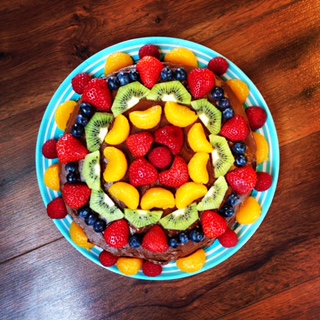
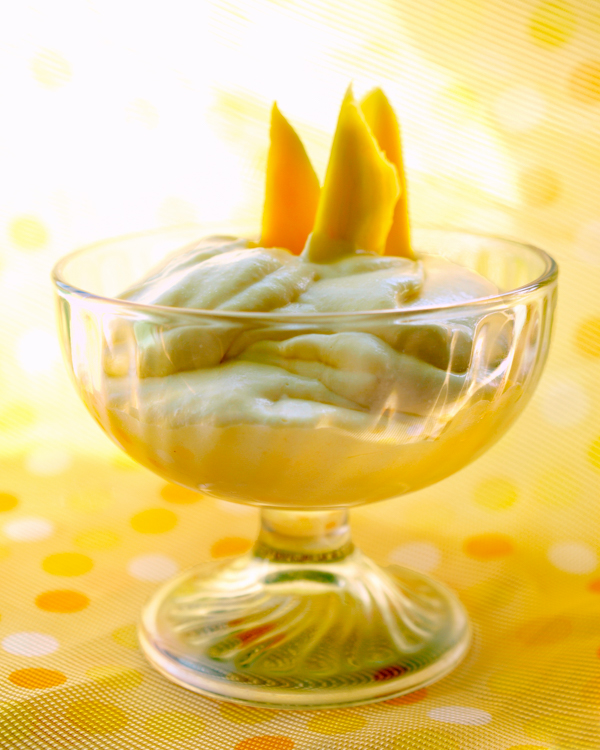
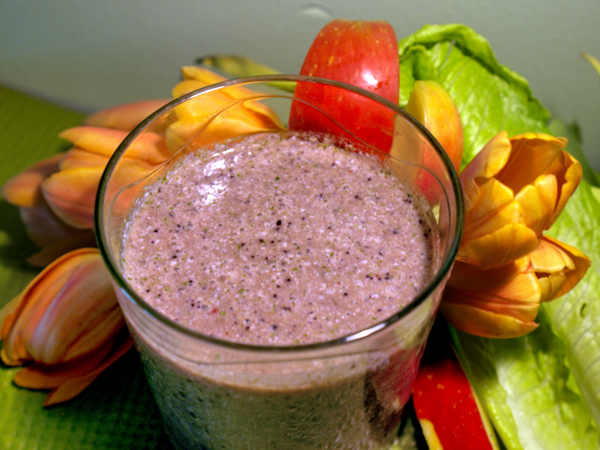
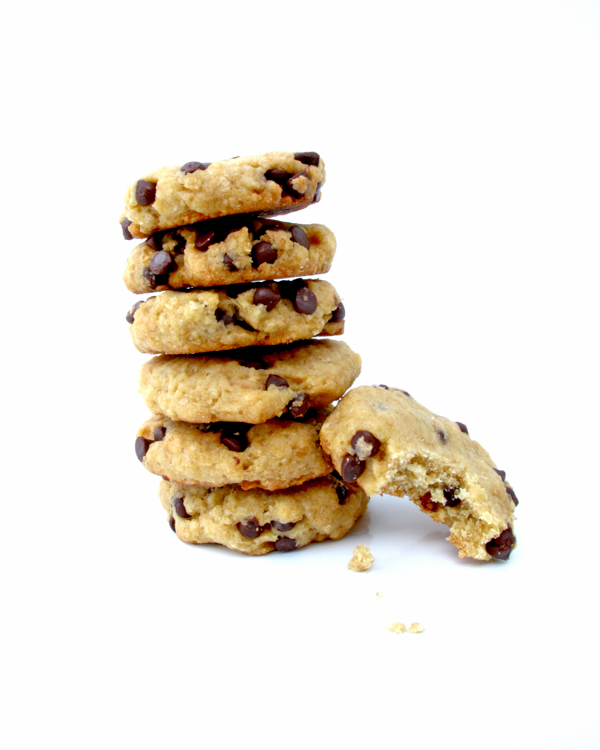
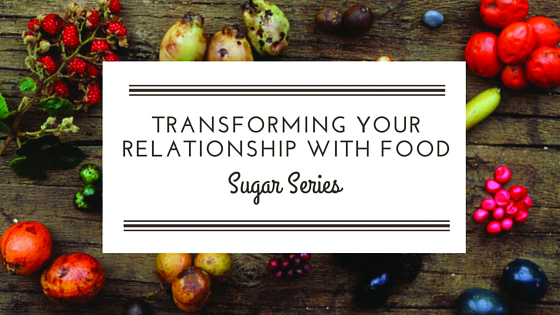
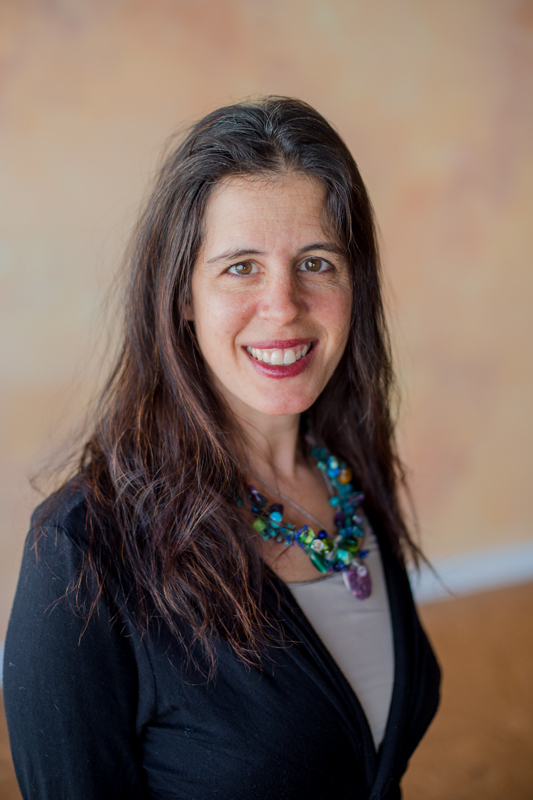
Sagan says
Great tips!
One of the things I’m constantly trying to remind people is that natural sugar and added sugars are different—I’ve seen people avoid eating carrots because they’re “too high in sugar,” without understanding that the sugar isn’t going to react in the same way as a teaspoon of white sugar would (and then going on to eat low-sugar or sugar-free processed foods. *facepalm*). I get so excited when I see nutrition labels separating naturally-occurring sugars from added sugars—people need to understand the difference!
Wendy says
Thanks, Sagan! Yes, I hear you! It’s amazing what is on those labels with all of the names for sugar alone! The more we speak up as consumers, the more changes we will see!
Lou says
Happy Thanksgiving! I am still debating making a cheesecake in part because I know I will likely eat most of it and oh god, those calories and sugar, LOL.
Aside from keeping you hydrated and helping you poo, how does lemon water affect your ph balance exactly? I am pretty sure it is not safe to ingest essential oils, so this Young Living referral is…maybe not ethical for an RD?
Hope you have a wonderful family holiday, Kath!
Maegan McCardle says
Yes, according to Young Living labeling, many oils are indeed safe to ingest!!
Wendy says
Thanks for your comment Lou. Hope you had a nice holiday! So did ya make the cheesecake? Hope it was good and you savored it if you did! :). Lemons are an acidic food but have been shown to alkalize the blood. You bring up a good point as not all essential oils are created equally. You can always use regular lemon wedges or slices and add them to your cold or warm water. Best to have in glass so the citrus doesn’t breakdown in plastic. Thanks for your comments and question!
Wendy says
Hi Lou,
Hope you had a nice holiday. So did ya make the cheesecake? If you did, hope you enjoyed and savored it! Lemons are acidic and have been shown to alkalize the blood. Yes, not all essential oils are created equally. If you prefer, you can use fresh lemon wedges or slices and have them with warm or cold water. Have them in glass or pottery as the acid can degrade the plastic water bottles. Thanks for your comments and question!
Heidi Kokborg says
Very good post. It is so refreshing to hear a person who says that you don’t have to completely avoid sugar. You just have to balance it and have it in moderation. That way you don’t have to deprive yourself and feel like you can never have a cookie. I really like that approach. Also I really like the replacements ideas. I love using coconut sugar and pure maple syrup. & the oatmeal recipe looks devine!
Wendy says
Thanks Heidi! Let me know if you try the oatmeal recipe :)! They are yummy (a bit biased though). Happy new year.
jenna says
I find this type of pseudoscience very frustrating coming from an RD. I think there are ways to promote healthier eating/making healthful substitutions without promoting untested products (essential oils) and hawking food fears as fact.
While sugars from whole from and dairy are not necessarily linked to poor health outcomes, other “alternative” sugars vary quite little – I don’t see, for example, how brown rice syrup is necessarily a healthful alternative to corn syrup. Additionally, while opinions vary on artificial sweeteners, evidence doesn’t support that they “promote obesity, tooth decay, diabetes, heart disease, cancer and other inflammatory diseases” – see large review studies below. I am all for promotion of healthier eating, however I don’t think it should be couched in creating food fears or promoting certain food sources as better than others. TL;DR – added sugar is added sugar, lack of evidence that artificial sweeteners promote stated conditions.
http://www.nature.com/ijo/journal/vaop/ncurrent/full/ijo2015177a.html
http://onlinelibrary.wiley.com/doi/10.1111/ijcp.12703/full
Gen says
Thank you, Jenna! I was going to comment this, but don’t have time to pubmed all the studies that refute this blog post. As an MD who works with many informed RDs who know the real science behind digestive physiology and metabolism, these posts infuriate me and perpetuate the idea that we should fear “off-limits” foods.
Wendy says
Hi Jenna and Gen,
Thanks for the feedback on my post. Proper use of essential oils is comparable to products that already use them for flavorings and fragrances. Moderation is key which goes along with the message of this blog post as it relates to sugar. If you prefer to use lemon slices that is great.
Sarah says
Wow, who knew you could make your body more alkaline with essential oils?? I had no idea, I thought there was very little variation in terms of our blood PH levels. Now that I think about it, it sounds like a dangerous thing to experiment with. I think I’ll stick with ‘all things in moderation’.
Wendy says
Yes, Sarah, moderation is key and listening to your own inner wisdom. Thanks for your comment. If you prefer, you can use sliced lemons and other alkaline foods too.
Jenna says
Just a heads up that the current research shows that ingesting essential oils is not safe nor recommended unless under the guidance of a health professional (and even then is rarely the suggested means of using essential oils safely). You might want to have some sort of disclaimer since your guest blogger is giving potentially unsafe advice? (I mean this kindly, I hope it doesn’t come off as harsh.)
Linda @ The Fitty says
Being on thr keto diet has greatly reduced my cravings for sugar 🙂
Faith says
Great post!
I have never had much of a sweet tooth. It all started many years ago when my mom was watching the news, & they were talking about how sugar makes children hyper. At that time, since I never wanted to be a hyper child, I did not eat much sugar from that day forward, & even now into my adult life. I would refuse sugar on my Cheerios when I was little when others would put big heaps of sugar on theirs’.
With that said, to this day, I am thankful that watching the news on that topic at such a young age impacted me that much! We are what we eat, & my family & I try to eat as clean as possible, which means eliminating sugar as much as we can!
http://www.mydoterra.com/fmdoterra/#/
Wendy says
Hi Faith,
Wow, great! My dad doesn’t have a sweet tooth and my mom does and I seemed to get “my mom’s side” :). Sounds like you have fun with it all and that is awesome! Thanks for your comment.
Christine G says
Celebrating thanksgiving with healthy eating can afterall be possible. I’m so excited to try these delicacies.
Wendy says
Yes! It’s possible! Let me know what you think if you try any of the goodies!
Sally says
Great post! What are your thoughts on agave as a sweetener?
Wendy says
Hi Sally,
Agave is a fructose based sweetener and is metabolized differently. Dr. Robert Lustig has done some great research on this. https://www.youtube.com/watch?v=dBnniua6-oM
When it is very pure agave, using it in smaller amounts like in a tea is how I suggest using it rather than in higher quantities in baked goods. Even the alternatives…all in moderation 🙂
Anne says
Great post! Love this approach. Off to explore her site now…
Wendy says
Thanks Anne!